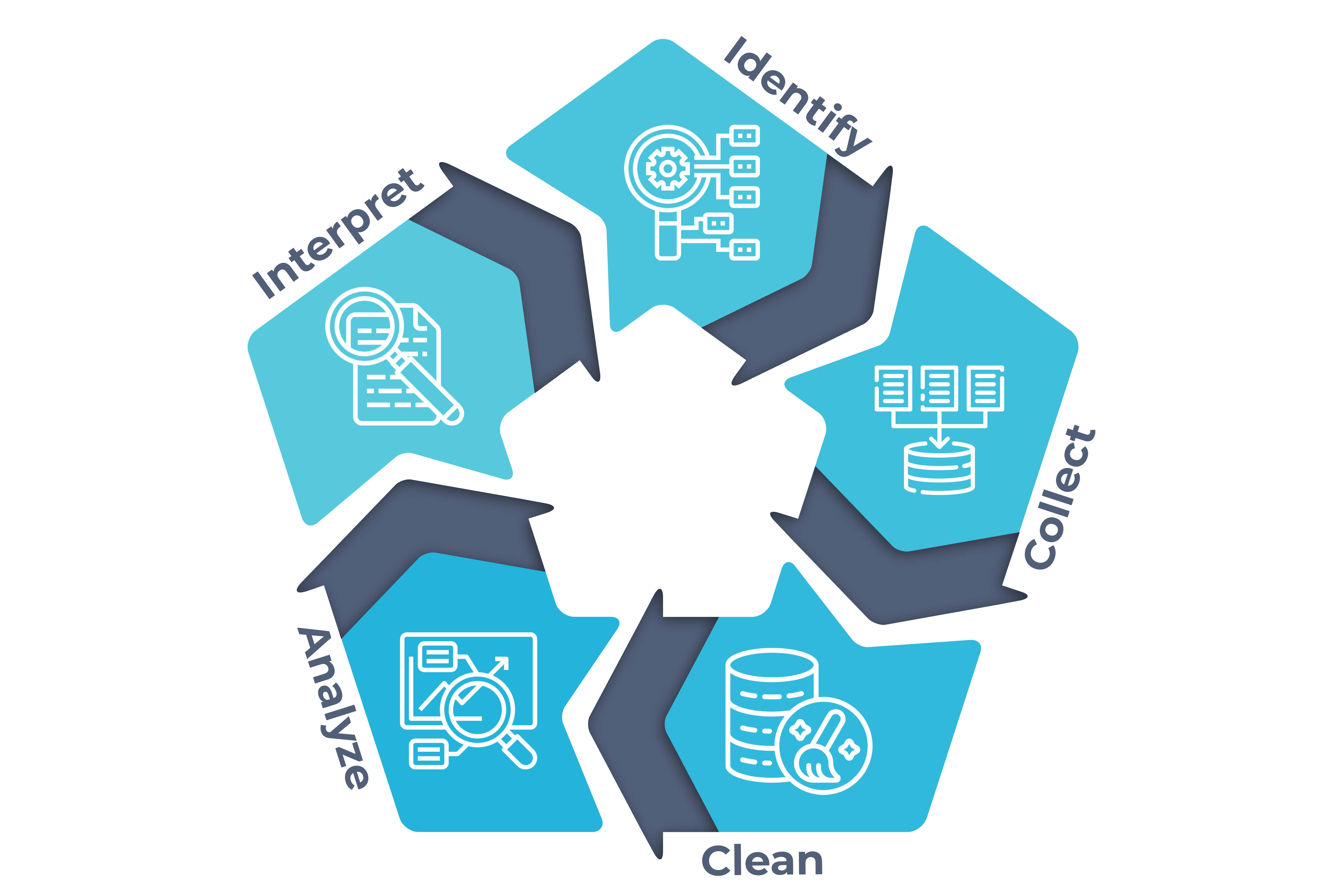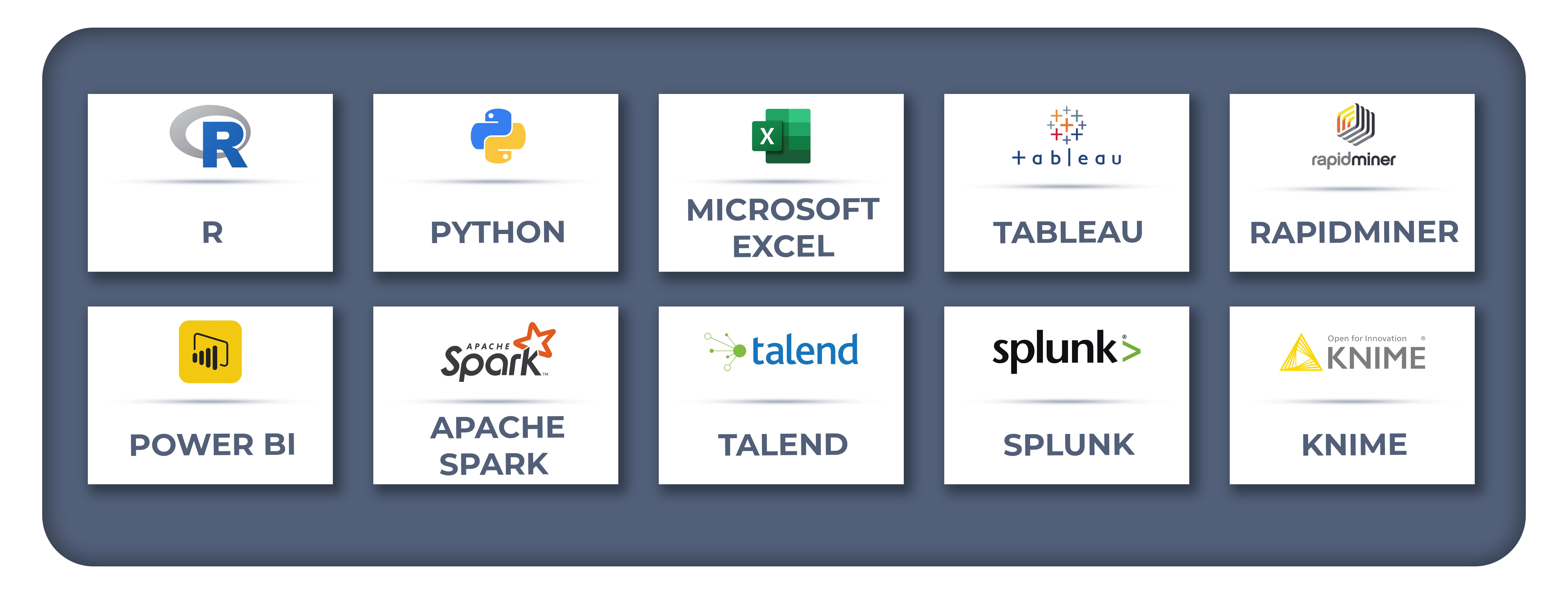What Is Data Analytics? Understanding Data Analytics Techniques
Data analytics is a process of analyzing raw data to derive meaningful insights. Discover the peculiarities of data analytics and make smart decisions.
Join the DZone community and get the full member experience.
Join For FreeData is becoming increasingly crucial for success in the digital economy. You might ask, why do organizations rely so much on data? Well, a majority of organizations rely on data for multiple processes, from product management and fraud detection to HR, finance, and manufacturing. Data analytics allow users to use pre-made reports to track performance metrics on demand. Research shows that 94% of organizations believe that data and analytics solutions are critical for growth. Not a surprising statistic since it offers several benefits, including an increase in productivity and efficiency, faster and more effective decision making, and financial gains!
Before we dive into the ins and outs of data analytics, it is important to understand the two terms, namely ‘data science’ and ‘data analytics. Data science lays emphasis on finding meaningful correlations between large datasets, while data analytics is a branch of data science designed to uncover specifics of extracted insights.
What Is Data Analytics?
The process of analyzing raw data to draw out meaningful and actionable insights is known as data analytics. Businesses use these insights to inform and drive smart business decisions. Data analytics can be imagined as a form of business intelligence used for solving specific challenges within an organization.
Data Analysis Process
When we talk about analyzing data, it is important to follow a certain order to derive the best conclusions. The analysis process consists of five stages: 
- Identify – Ask yourself a simple question, why do you need to analyze data? This stage is for you to establish all the questions you need to answer. What is the customer’s perception of your brand? Or what kind of packaging is more engaging and appealing to your customers? Once you have identified all your questions, you can move to the next step.
- Collect – Start collecting all the necessary data and how you intend to use it. You can collect data from different sources such as forums, interviews, surveys, questionnaires, etc.
- Clean – Go ahead and clean the necessary data for analysis. Not all acquired data will be useful; separate it from the duplicate or badly formatted data.
- Analyze – Use various techniques to analyze and manipulate your data to extract relevant conclusions. Find out trends, patterns, correlations, and variations to answer the questions you identified in the first stage.
- Interpret – Interpret your results based on your findings and understand your brand in a better way.
Types of Data Analytics
Data analytics is a broad field. Let’s explore the four main types of data analytics: Descriptive, Diagnostic, Predictive, and Prescriptive.

- Descriptive analytics – It helps in summarizing large datasets to describe outcomes to stakeholders. It allows you to track success or failure by developing key performance indicators (KPIs). It provides essential insight into past performance.
- Diagnostic analytics- It takes findings from descriptive analytics and dig deeper to find the cause.
- Predictive analytics – It uses historical data to identify trends and determine if they are likely to recur. You can use a predictive analytical tool to attain valuable insights into what may happen in the future.
- Prescriptive analytics – By using insights from predictive analytics, data-driven decisions can be made. Prescriptive analytics relies on machine learning strategies to find patterns in large datasets.
These types of data analytics can help you make data-driven decisions and run the business efficiently.
Why Is Data Analytics Important?
Before we move forward with the techniques and tools of data analytics, it is essential to know the potential that analyzing data can bring to your organization-
- It helps in informed decision-making based on facts and not simple intuition.
- With the help of predictive analytics, it helps you save money and resources on implementing the wrong strategies.
- You can target customers better by understanding their demographics, interests, purchasing behavior, and habits.
Now that we are well aware of the importance of data analytics let’s explore the techniques of data analytics.
Data Analytics Techniques
The different methods for analyzing data include-
- Regression analysis – This technique is used to determine a relationship between a set of variables. It helps in estimating if there’s a correlation between a dependent variable and an independent variable. The aim of regression analysis is to estimate how one or more variables can impact the dependent variable to identify trends and patterns.
- Factor analysis – It is used to reduce a large number of variables to a smaller number of factors. It condenses large datasets into smaller, more manageable samples to uncover hidden patterns.
- Cohort analysis – It defines a ‘cohort’ as a group of users who have some characteristics in common within a defined time span. With cohort analysis, you can divide customers or users and see how these groups behave over time. This helps you analyze patterns of behavior at various stages of the customer lifecycle.
- Cluster analysis – Cluster analysis seeks to identify structures within a dataset. The goal is to sort different data points into groups that are internally homogeneous and externally heterogeneous. Simply speaking, the objects in one cluster must be like each other more than the objects in another cluster.
- Time-series analysis – You can measure the same variable at different points in time to identify trends and cycles by employing time-series analysis. It enables data analysts to make accurate forecasts for the future.
With these techniques, you can easily analyze data and make smart decisions for your organization.
Top 10 Data Analytics Tools
Take a look at these popular tools that could be a part of your data analytics arsenal!

I’m sure you will agree that data is something that is immensely valuable and abundant in today’s market. To optimize the efficiency of organizations, analyzing big data becomes extremely important. You can employ different techniques to analyze data accurately and improve performance to succeed in an increasingly competitive world. As Jim Bergeson put it, “Data will talk to you if you’re willing to listen.”
Opinions expressed by DZone contributors are their own.

Comments